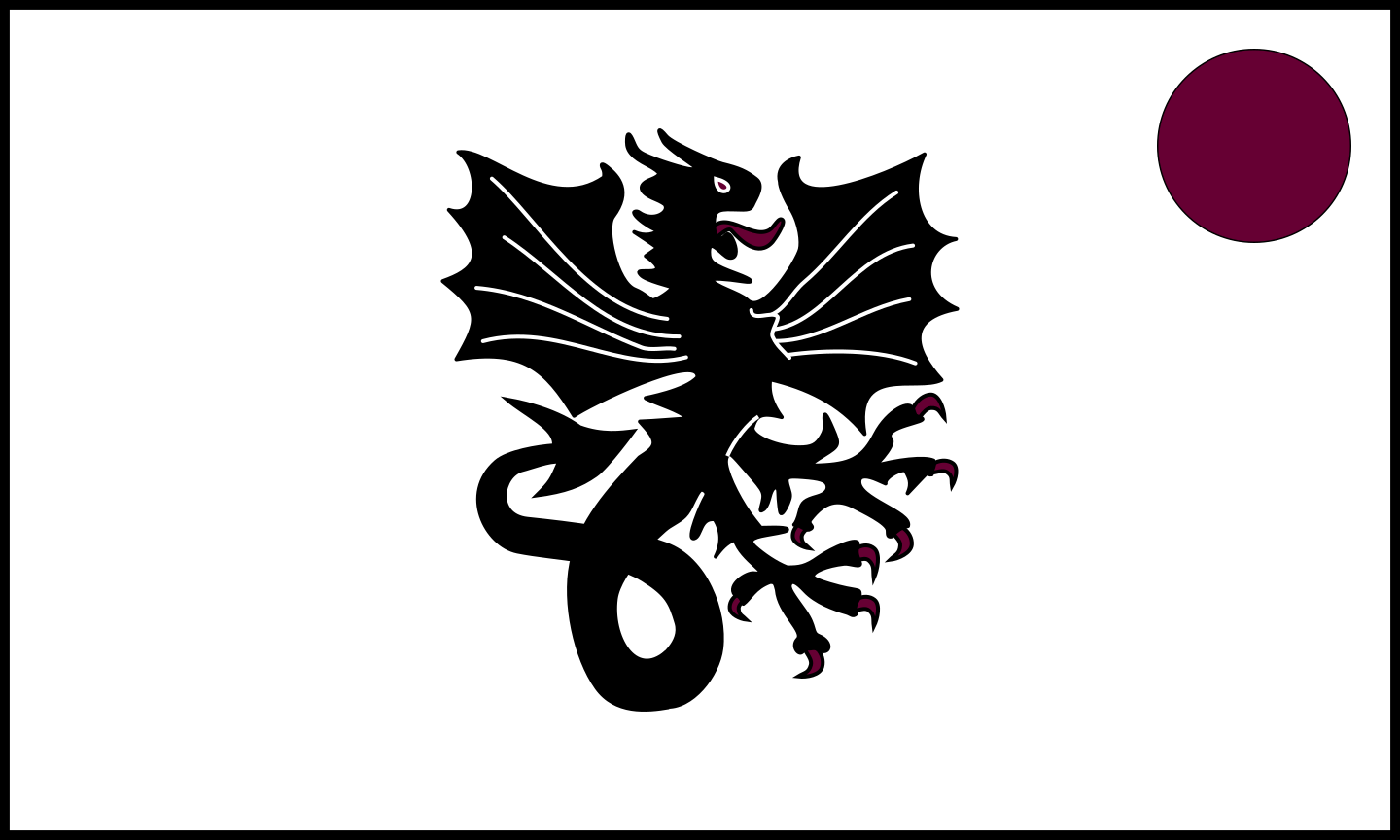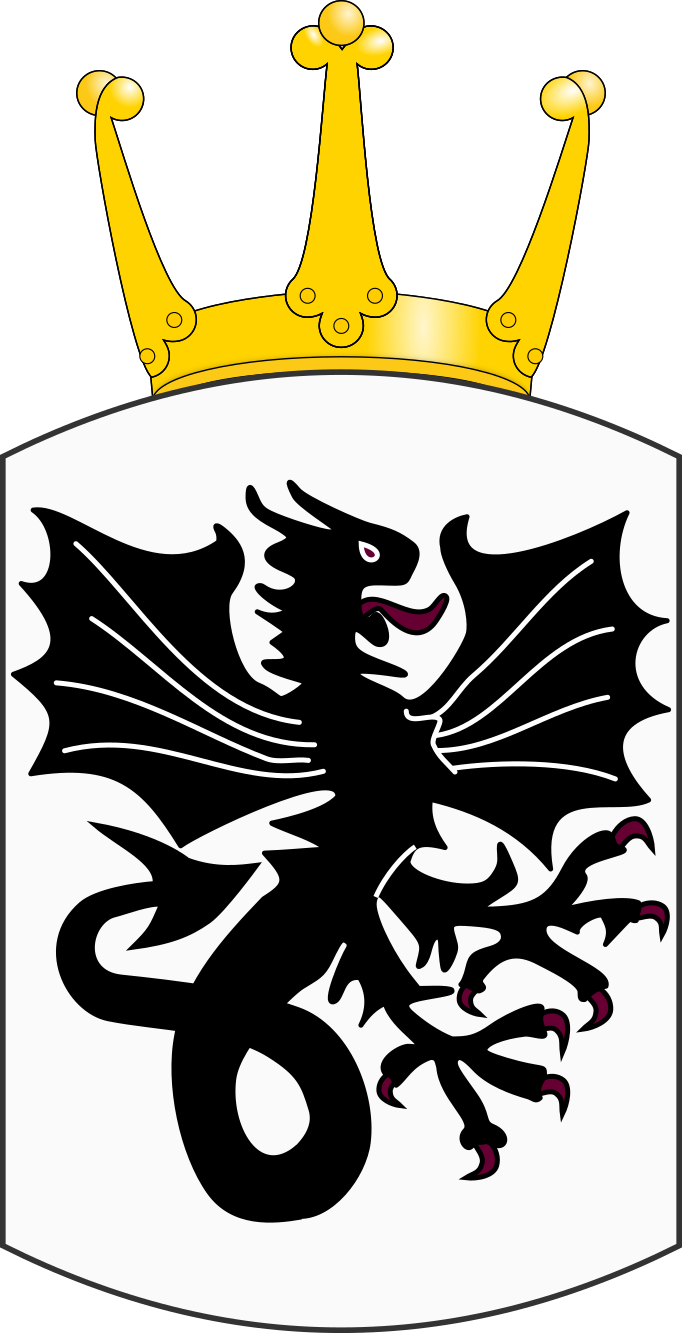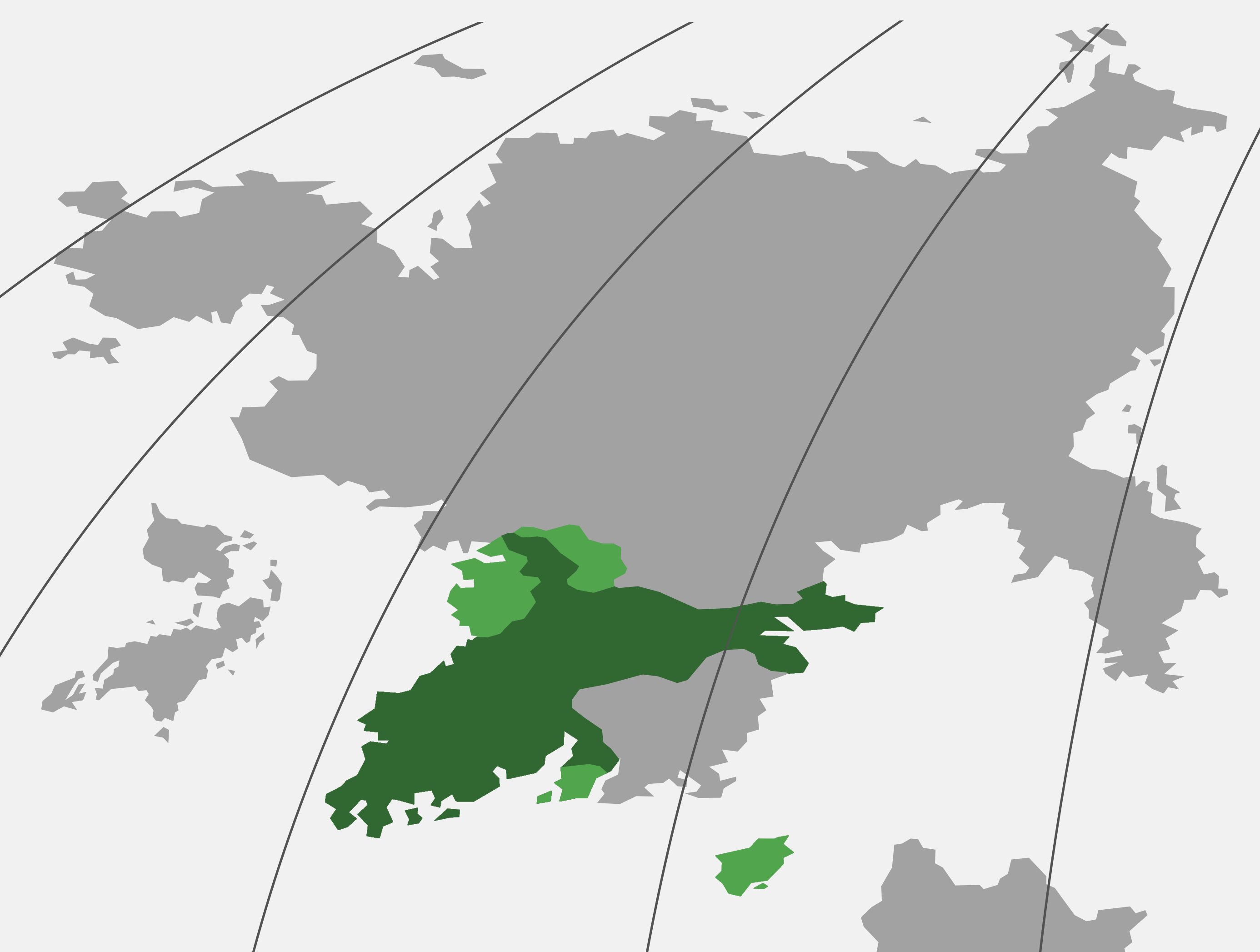The Marsh Empire is a vast and diverse political entity located in the heart of a continent characterized by its complex social structures and rich cultural heritage. Emerging from a history of territorial conquests and internal alliances, the empire operates as an elective monarchy reminiscent of the Holy Roman Empire, comprising three major kingdoms and numerous duchies. Governed by an emperor elected from among the kings and princes, the empire has recently established a land peace, fostering political marriages as a critical means of maintaining stability. The empire is known for its significant expansionist ambitions, marked by the acquisition of various territories, including the Coastal Kingdom and the Dacian Kingdom. Its society is deeply influenced by a tapestry of local aristocracies and a prominent knightly order, with the largest religious institution, the Order of March, directly under the Kingdom of March. The empire’s rich cultural landscape is further enhanced by its unique flora and fauna, including the notable presence of the Eastern Settlement, where Marshian settlers interact with the indigenous beastmen population.
Name
WIP
Government
The Marsh Empire operates as an elective monarchy, similar to the structure of the former Holy Roman Empire. The empire is divided into three primary kingdoms, several larger duchies, and numerous smaller territories, particularly concentrated in the eastern regions. The emperor, the supreme ruler of the empire, is elected by a council composed of kings, imperial cities, and princes. However, the reigning emperor has the prerogative to nominate a successor, granting their candidate a distinct advantage in the election process.
Similar to the imperial cities of the Holy Roman Empire, several cities within the Marsh Empire are directly subject to the emperor and are not governed by any intermediary rulers. These cities operate on a republican model, governed by local councils but answerable to the emperor alone.
The emperor holds significant authority, commanding the imperial army and appointing the royal court. To support the emperor in governance, the empire has established a council composed of four key branches:
- The Royal College: Comprising the kings and dukes of the empire, this college represents the higher nobility.
- The College of Princes: This body includes the most influential and powerful nobles who do not hold royal titles.
- The College of Cities: Representing the republican cities directly subject to the emperor.
- The House College: Made up of the emperor’s current noble house, this college is exclusive to major landowners.
Together, this council plays a critical role in electing new emperors, though the emperor’s authority remains extensive, allowing them to wield significant control over the military, judiciary, and imperial policy.
Society and Structure
The Marsh Empire’s society is shaped by its decentralized political structure and powerful regional aristocracies. Much like the Holy Roman Empire, the internal countries of the Marsh Empire enjoy significant autonomy, with their borders frequently shifting due to inheritance, war, or religious influence. This fluidity has made political marriages an essential tool for maintaining power, especially since the recent enactment of the Land Peace, which forbids internal wars.
Aristocracy and Government
The empire is home to a wide range of political systems, from monarchies to republics. Among the most prominent are three major monarchist kingdoms: the southern kingdom, controlling two islands known as the Great and Small Islands; the northwestern kingdom near the mountains, which is closely related to the Coastal Kingdom; and the third in the hilly region. Surrounding these larger monarchies are numerous smaller duchies, each ruled by local aristocrats. In the eastern part of the empire, a peasant republic has risen to prominence near the estuary, exemplifying the diversity in political structures.
Expansionist Vision
The Marsh Empire has long been driven by a vision of territorial expansion. It stretches across a vast region in the southern part of the continent, spanning from west to east. Modern conquests have included the Coastal Kingdom and the Dacian Kingdom in the north, both initially established as vassal states. Additionally, the Fish Colony, located in the northern territories, was purchased from the Fishmen following the Great War with the Mountain Kingdom, further solidifying the empire’s northern conquests.
Knightly Orders
Knightly orders play a crucial role within the empire, with some directly serving internal countries and others operating independently. These orders, though not necessarily religious, hold considerable influence. The most prominent religious order, the Marsh Order, is based on the Kuṯoxian island and functions as another vassal state, answering directly to the Marsh Empire.
Emperors
This passage gives a quick overview on the most important emperors throughout Marshian history.
[Name of Empress]
One of the most significant monarchs in the history of the Marsh Empire is a trans woman who ascended to power at an unusually young age. Her rise to the throne occurred shortly after the Great War and the empire's acquisition of the Fish Colony. Upon reaching the age of 16, the minimum age for regency, she began the traditional HRT practice of the Fish People and formally adopted the title of Empress.
Her reign marked a period of significant religious and social change. She led a liberalization of the empire's religious institutions, a move that earned her widespread celebration, particularly following her key religious victory: the conversion of the southern island. This victory was solidified by a military campaign that united the southern territories, culminating in the installation of her relative as king of the newly established region.
Eastern Settlement
The Eastern Settlement represents one of the most transformative expansions in the history of the Marsh Empire, where newly acquired northeastern territories are undergoing significant cultural and demographic changes. Sparsely populated by indigenous beastmen, these lands have seen an influx of settlers from the more densely populated southern regions of the empire, known as the Marshians. The settlers, driven by the empire’s expansionist agenda, have increasingly displaced or integrated the local beastmen populations into the dominant Marshian culture.
This blending of populations has led to a complex social dynamic, particularly in the northeastern territories. Intermingling between Marshians and beastmen has become relatively common in these regions, resulting in mixed communities. However, these mixed-blood populations, while accepted in the east, are often viewed with suspicion or outright disdain in the more conservative heartlands of the empire, particularly in the southwest, where cultural purity is more rigorously upheld.
Culturally, the beastmen have left their mark on the eastern territories, with their myths, traditions, and folklore subtly influencing the Marshian settlers. Eastern Marshians have adopted elements of beastmen customs, including their reverence for nature and their distinctive storytelling traditions, blending them into a uniquely regional identity. This cultural fusion, while enriching the settlers’ way of life, also highlights the tensions between preservation and erasure of the beastmen’s native traditions.
Economically, the region is defined by its fur trade, which plays a vital role in both the local economy and the wider imperial markets. The vast, untamed forests of the eastern territories have made woodcutting a predominant occupation among settlers, further fueling the region’s development. Despite the relatively low population density, the region's natural resources have attracted significant imperial interest, transforming the east into a frontier of both opportunity and cultural tension.
The Eastern Settlement underscores the empire’s ongoing expansionist ambitions and the complex legacies of colonization, as it seeks to integrate these frontier lands into its broader socio-political structure while managing the delicate balance of cultural assimilation and displacement.
Provinces
WIP
Imperial Flag
The imperial flag of the Marsh Empire features a white background, a color traditionally associated with nobility in Marshland. This white backdrop not only represents the empire itself but also serves as the imperial banner of the emperor. At the center of the flag is a prominent black dragon, symbolizing the All-Father, a powerful figure in both imperial and religious contexts. The dragon, often regarded as the emperor's sacred animal, plays a role akin to a divine patriarchal figure, embodying the strength and authority of the emperor.
In the top right corner of the flag, a purple moon is depicted, a central motif in the empire's religious symbolism. The image of the black dragon swallowing the moon signifies the dragon’s overwhelming power, which the empire seeks to emulate. This powerful imagery reflects the Marsh Empire's aspirations for dominance and its ambition to achieve unmatched power, both spiritually and politically.


